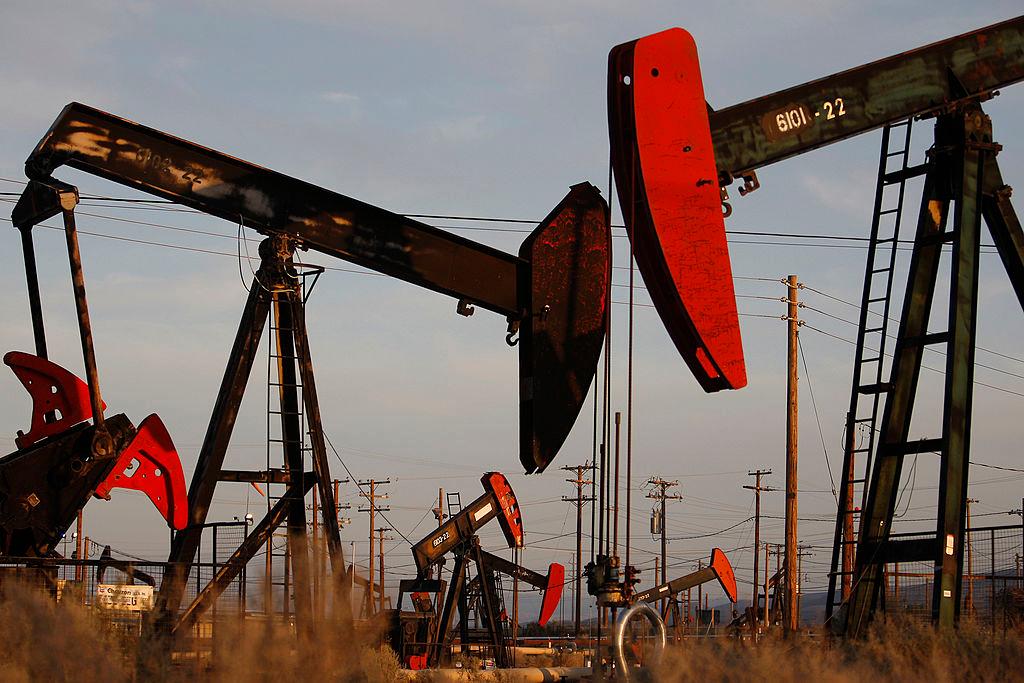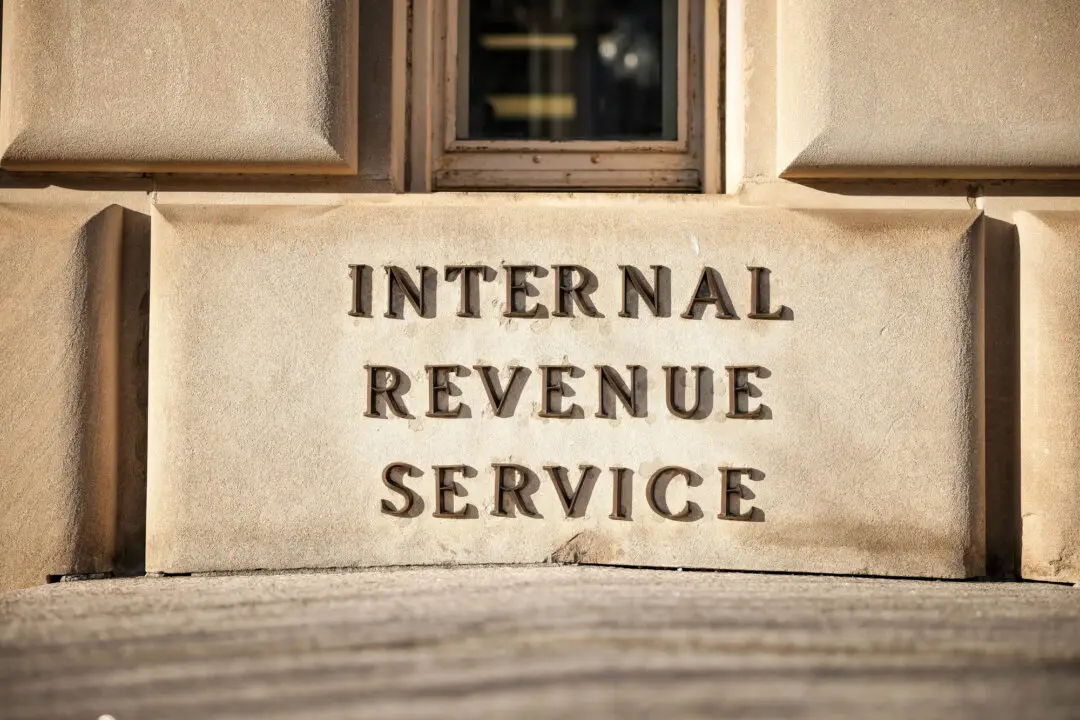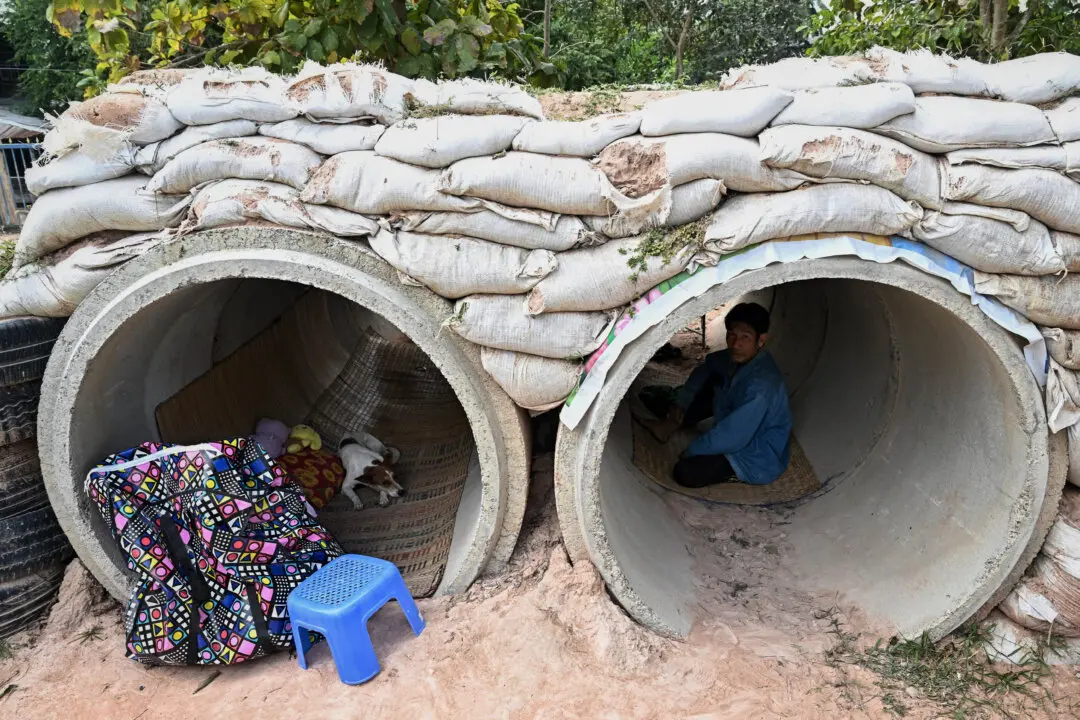A senior International Energy Agency (IEA) official said Tuesday that the global oil demand outlook—earlier forecast to be already the lowest in a decade—could fall even further as the deadly novel coronavirus continues to spread.
“We certainly see the lowest oil demand growth in the last 10 years and we may need to revise it ...downwards,” IEA Executive Director Fatih Birol told Reuters at an energy conference in London.





